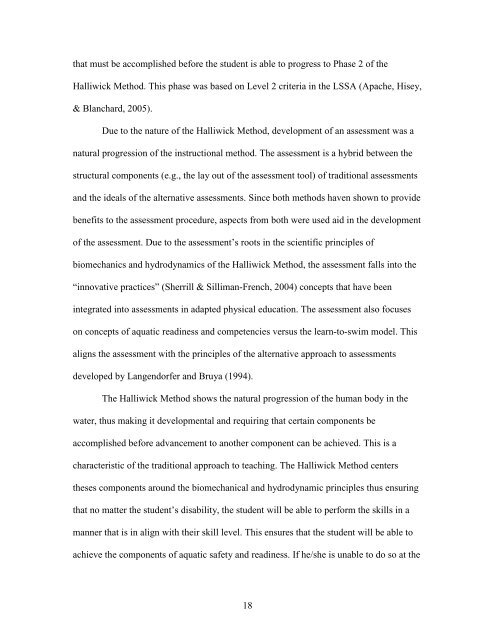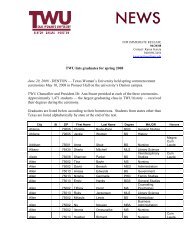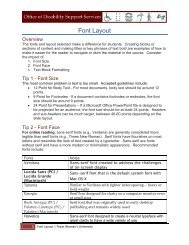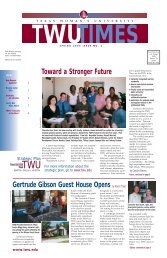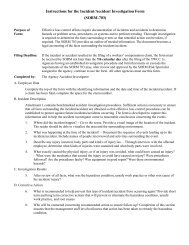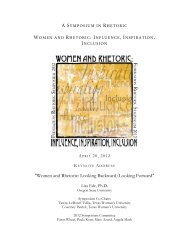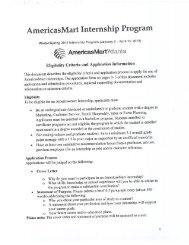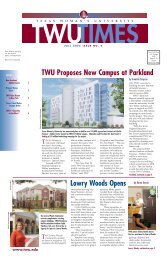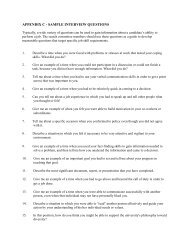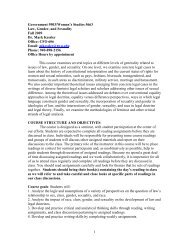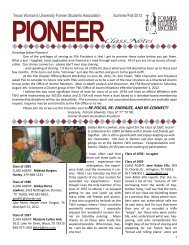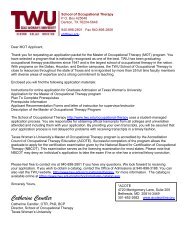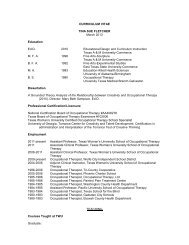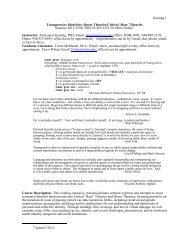HUMPHRIES' ASSESSMENT OF AQUATIC READINESS (HAAR) A ...
HUMPHRIES' ASSESSMENT OF AQUATIC READINESS (HAAR) A ...
HUMPHRIES' ASSESSMENT OF AQUATIC READINESS (HAAR) A ...
Create successful ePaper yourself
Turn your PDF publications into a flip-book with our unique Google optimized e-Paper software.
that must be accomplished before the student is able to progress to Phase 2 of the<br />
Halliwick Method. This phase was based on Level 2 criteria in the LSSA (Apache, Hisey,<br />
& Blanchard, 2005).<br />
Due to the nature of the Halliwick Method, development of an assessment was a<br />
natural progression of the instructional method. The assessment is a hybrid between the<br />
structural components (e.g., the lay out of the assessment tool) of traditional assessments<br />
and the ideals of the alternative assessments. Since both methods haven shown to provide<br />
benefits to the assessment procedure, aspects from both were used aid in the development<br />
of the assessment. Due to the assessment’s roots in the scientific principles of<br />
biomechanics and hydrodynamics of the Halliwick Method, the assessment falls into the<br />
“innovative practices” (Sherrill & Silliman-French, 2004) concepts that have been<br />
integrated into assessments in adapted physical education. The assessment also focuses<br />
on concepts of aquatic readiness and competencies versus the learn-to-swim model. This<br />
aligns the assessment with the principles of the alternative approach to assessments<br />
developed by Langendorfer and Bruya (1994).<br />
The Halliwick Method shows the natural progression of the human body in the<br />
water, thus making it developmental and requiring that certain components be<br />
accomplished before advancement to another component can be achieved. This is a<br />
characteristic of the traditional approach to teaching. The Halliwick Method centers<br />
theses components around the biomechanical and hydrodynamic principles thus ensuring<br />
that no matter the student’s disability, the student will be able to perform the skills in a<br />
manner that is in align with their skill level. This ensures that the student will be able to<br />
achieve the components of aquatic safety and readiness. If he/she is unable to do so at the<br />
18


